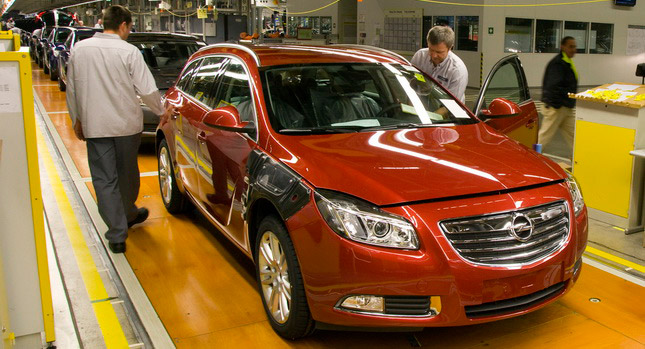All in all, the US automotive industry is in a very good shape, especially if you consider that three years ago General Motors and Chrysler were one step before closing shop.
General Motors, helped by a raft of new products and Toyota’s production problems, is once again the world’s number one car manufacturer. The Pentastar has tied up with Fiat – and even though the latter was thought to be the knight in shining armor, now it is Chrysler that is bringing in the profits while its Italian partner is struggling.
The first quarter of 2012 has been the most profitable ever for Ford in North America. GM will most likely report the same, while Chrysler had its best results since 1998.
Nevertheless, despite the fact that US car market finally rebounded last year and will probably do even better in 2012 surpassing 14 million sales, and emerging markets are offering even more space for expansion, the Big Three all face a serious problem.
They all lose money in Europe, with the financial turmoil hitting their sales (and profits) quite hard. What is worse, the situation is highly unlikely to change any time soon.
Ford expects to lose between US$500-600 million in Europe this year. Its CFO, Bob Shanks, told investors and media last Friday that the European market won’t return to its “normal” 15 million annual sales before four or five years.
GM has recently formed an alliance with PSA Peugeot Citroen, which will reduce costs by US$2 billion over the next five years. Still, the General’s European operations lost US$747 last year. The sad part is that, compared to the 2010 US$1.95 billion loss, last year’s performance was quite an improvement.
While Chrysler has a much smaller presence in the Old Continent, it is in much better shape. However, if Fiat faces a serious crisis, it can affect the whole group.
Unfortunately for the Big Three, fixing their European operations is going to cost billions, further increasing losses. However, leaving is simply not an option for obvious reasons.
“It’s a third of the global market, it’s not a market you’re likely to leave”, said Rebecca Lindland, director of research for the IHS Automotive consultancy group. “Even if it’s $1 billion to $2 billion to repair these problems, what can they do besides that?”
PHOTO GALLERY








